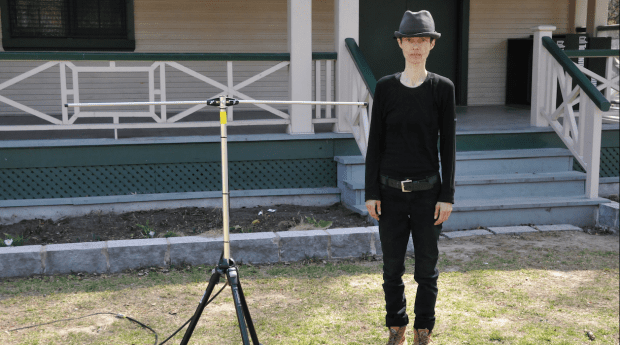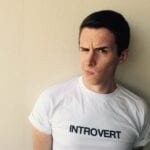When Marina Abramovi, often described as the grandmother of performance art, appears in a Jay-Z music video, is fawned over by Lady Gaga or appears in Huffington Post’s entertainment section, you know there’s something weird going on.
“We could say that performance art has pierced the bubble of the mainstream, so everyone says, ‘Oh yeah, performance art, I know what that is,’” says Shannon Cochrane, one of the founders of the 7a*11d International Festival of Performance Art, going into its 10th installment.
“In a lot of ways, this work is very not-mainstream,” she adds. “It’s very fringe. You have to be into watching this kind of thing. You have to appreciate a kind of ‘other’ to go.”
While appreciation for performance art may be an acquired taste, this hasn’t stopped the festival from celebrating growth and change since 1996. “The first year we got together as a collective, there was something like 17 of us,” Cochrane says. “It was a very large group, hence the weird name.”
The first 7a*11d was held in 1997, then again the next year. From that point forward, the festival became a biannual event. Organizers invite performance artists from across Canada and all over the world, and the 10th festival will feature more than two dozen artists over five days of programming.
If appreciating a kind of “other” is a requirement, it’s no wonder artists who explore issues of non-normative sexuality and gender have often found a community within performance art.
“I think the first thing that comes out is the idea of community,” says veteran Toronto performance artist Claude Wittmann of his initial contact with 7a*11d. “Two years ago, when I went to the festival, my health was not very good. It happens to me very rarely, but I just felt, ‘Oh my god, I just feel I’m part of something.’ There was this sense of community and it was an incredible feeling.”
“Until 2010, my practice was very much about my own deep core and gender identity. I say deep core, but who can really reach that? It was about layers and layers and transformation.”
Wittmann says some of that transformation began to seep out into his own life. Voice had always been important to his practice and became even more so as his work evolved. That’s when he started working with radio as live performance. “I’m still in the middle of my old practice and my new one. The goal is to be a citizen almost before being an artist. Almost.” He says that means facing the outside world rather than facing just himself and the audience.
Recently, Wittmann has felt an intense need to stop doing work in galleries and to take his work out into public spaces, which is more challenging but necessary to feel like the work is contributing to a more public discussion. This tension is something Cochrane is seeing a lot of among performance artists.
“As much as I’m critical of the festival frame, this 30-minute performance thing, it’s also a way to see [work],” Cochrane explains. “Sadly, what happens in the festival frame is that one of two options become available to you, which is the 30-minute performance or the 14-hour performance. This is as much a fault of festivals as it is in artists and how we teach each other what kind of work we know how to make.”
In this sense, performance art becomes a more long-term discussion, negotiating and challenging both the art world and the larger world beyond. Wittmann even challenges what it means to be a queer or trans artist.
“When I say the words ‘identity politics,’ my stomach starts to run around, because it’s empty, it’s just a bunch of labels,” he says. “And just behind that, I had some moments of being connected to the trans community and feeling, ‘Oh finally, I found people who understand me,’ and it has been difficult for me.”
Though, he says, what it always comes back to, in these eternal explorations for identity, is vulnerability, connection and, most importantly, community.
The 7a*11d International Festival of Performance Art runs Thurs, Oct 23–Sun, Nov 1 at Artscape Youngplace, 180 Shaw St.
7a-11d.ca


 Why you can trust Xtra
Why you can trust Xtra


